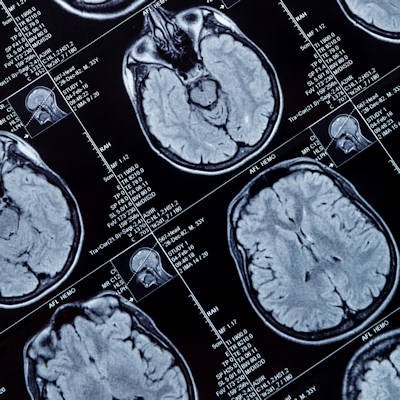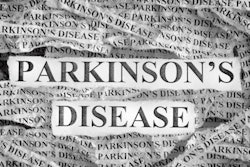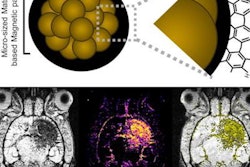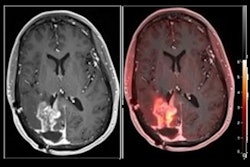
Neuroimaging modalities such as MRI, PET, and SPECT have key roles to play in clinical trials that explore the diagnosis and treatment of central nervous system (CNS) diseases like Alzheimer's, Parkinson's, depression, and schizophrenia, according to a paper published January 6 in Drug Discovery Today.
MRI, PET, and SPECT are "used routinely in most medical institutions and research centers and have helped to improve our understanding of the neuropathology of various CNS diseases, as well as aid the selection of appropriate treatments," wrote a team led by Linghui Kong, PhD, of Fudan University in Shanghai, China.
"Neuroimaging can ... help address several challenges contributing to the high attrition rates for CNS drugs, including difficulties in developing preclinical models and assessing target engagement, the penetration limitation of the blood-brain barrier, [and] limited understanding of the pathophysiology involved," the group noted.
MRI is a particularly useful tool, as it does not impart radiation and doesn't require contrast agents; this is particularly important in patients with disease caused by brain tissue lesions, according to Kong and colleagues. But molecular technologies such as PET and SPECT are also useful, as they measure -- via radiolabeled tracers -- physiological features such as distribution of metabolic biomarkers, brain receptor activity, and neurotransmitter activity.
However, clinical research on drugs to treat diseases of the central nervous system can be subject to "high attrition rates," the group noted. Translational neuroscience -- that is, research conducted in the lab but then translated into results that directly benefit people -- especially brain imaging, can address this problem, the authors explained.
Kong and colleagues evaluated 1,631 clinical trials that assessed the efficacy of neuroimaging techniques for common central nervous system diseases and that were undertaken between 1981 and 2021. In these trials, MRI was the most-used modality, followed by PET and then SPECT; use of neuroimaging increased dramatically between 2001 and 2021, from 11 to 155, showing a compound annual growth rate of 14.1%.
Of the clinical trials Kong's group included in its review, neuroimaging was most commonly used for Alzheimer's disease studies (41%), followed by depression (29%), Parkinson's disease (19%), and schizophrenia (14%). Clinical trial researchers used MRI in 63.2% of the Alzheimer's studies and PET in 59.7%. Kong's team found similar results in clinical trials for Parkinson's disease, with MRI being used in 59.9% of them and PET in 43.4%.
The investigators also found an eightfold increase in the use of neuroimaging to evaluate CNS disease drugs and drug candidates in the most recent year bracket included in the study (2017 to 2021) compared with 20 years earlier (1997 to 2001).
There's no doubt that imaging is an important tool for bringing research from the lab to the clinic, according to the authors.
"Imaging technologies as a translational tool have bridged the gap between basic research and clinical medicine, and represent one of the most important tools for advancing translational medical science," they concluded.



















